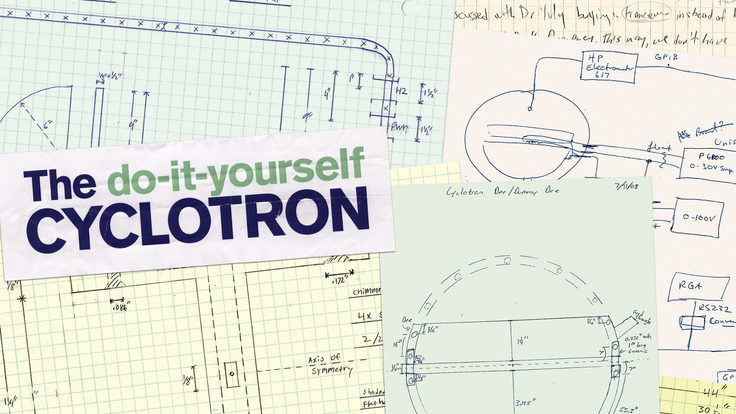When most people think of March Madness, they think of precision and brawn. But they ought to throw brains into that list.
Basketball teams from universities involved in the particle-physics outreach program QuarkNet routinely swoosh their way through the brackets in the annual National Collegiate Athletic Association tournament.
Since QuarkNet’s inception 12 years ago, a dozen of the 64 competing teams, on average, have had QuarkNet ties. In 2004, all of the teams in the national finals, known as the Final Four, claimed QuarkNet allegiance.
QuarkNet-participating schools consistently have a higher proportion of men’s teams advancing to the Final Four and women’s teams advancing to the Sweet 16. Based on the number of QuarkNet teams that have participated in the NCAA tournament during the past 12 years, statistically 4.3 men's teams should have been in the finals, yet 10 teams made it. Only two QuarkNet men's teams should have become national champions, but five did. For the Women's teams, 4.3 should have made it to the finals, while 5 teams did and two should have claimed the national championship, which is what has happened.
Five of the last 11 national champion men’s teams claim QuarkNet membership: Michigan State in 2000, Maryland in 2002, Florida in 2006 and 2007 and Kansas in 2008. Last year, Michigan State made it to the national finals.
While QuarkNet-related men’s teams tend to play better throughout the tournament than their non-QuarkNet competitors, the women’s teams play better in the first two rounds and then fall off. QuarkNet women’s teams have made it to the national finals twice: Maryland in 2006 and Notre Dame in 2001. Last year, Oklahoma made it to the national semi-finals. In 2008 the women’s championship went to Stanford University, a QuarkNet alumni.
While QuarkNet teams didn't bring home trophies this year, they did well, as shown by the final standings for the men's bracket and the women's bracket.
Whether QuarkNet affiliation brings luck to the basketball court or not, the science outreach program has proven its national value. The DOE-and NSF-sponsored QuarkNet program brings high school students and teachers to the frontier of 21st century research by involving them in research programs at the world’s major particle physics laboratories.
High school students and teachers connect with Fermilab and other particle physics research centers through university scientists working on experiments. At Fermilab, they work on the largest US particle detectors, DZero and CDF, and build the smallest classroom cosmic ray detectors.






